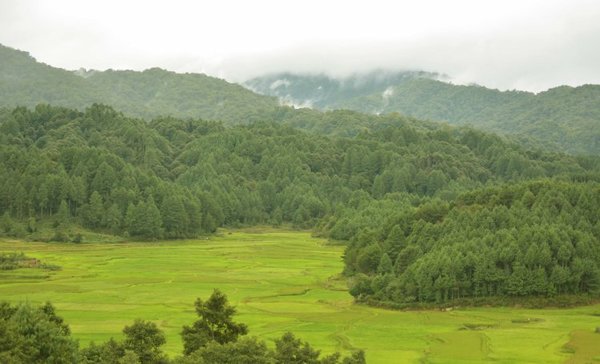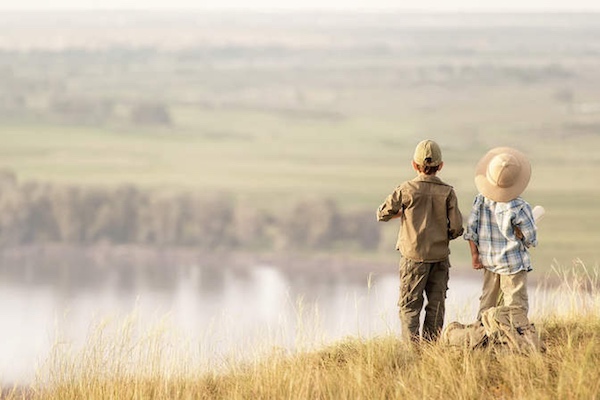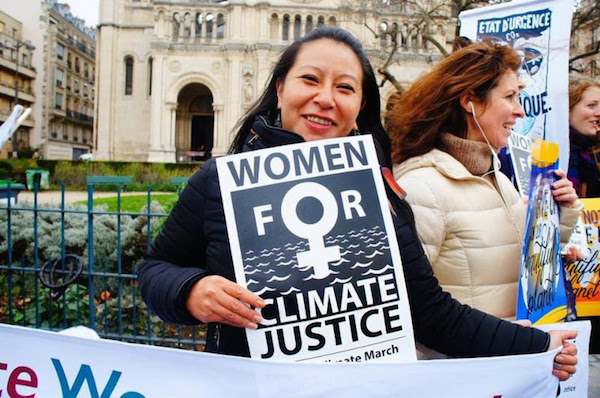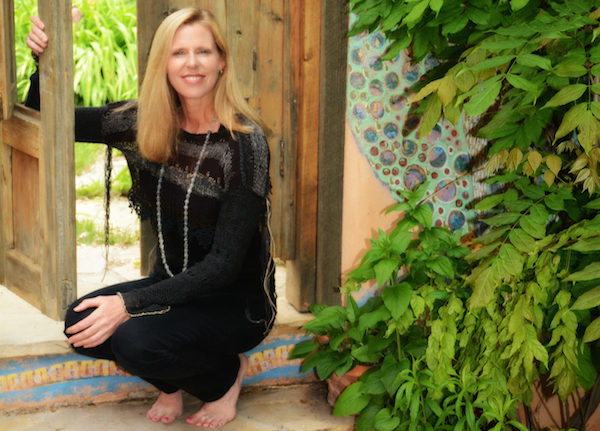Ikea is planning to use packaging made with mushrooms as an eco-friendly replacement for polystyrene.
The furniture retailer is looking at using the biodegradable mycelium “fungi packaging” as part of its efforts to reduce waste and increase recycling, Joanna Yarrow, head of sustainability for Ikea in the U.K., said.
The Apatani tribe in Arunachal Pradesh is known for its paddy cum fish agriculture. They practice this as well as other sustainable water management techniques that allow them to coexist and thrive.
Continue reading... →Presenting scientific research and his own observations in highly anthropomorphic terms, the matter-of-fact Mr. Wohlleben has delighted readers and talk-show audiences alike with the news — long known to biologists — that trees in the forest are social beings. They can count, learn and remember; nurse sick neighbors; warn each other of danger by sending electrical signals across a fungal network known as the “Wood Wide Web”; and, for reasons unknown, keep the ancient stumps of long-felled companions alive for centuries by feeding them a sugar solution through their roots.
Continue reading... →Whether it’s setting up a distributed network or devising the best way to share resources, businesses are learning that the natural world has a lot of these things figured out. An LGBTQ activist, a green-business consultant, and a nun walk into a redwood forest… New take on an old joke, right? But it really happened. These three were just a few of a diverse set of participants who took part in the first-ever training linking social innovation and biomimicry. The practice of looking to emulate nature for innovation and sustainable solutions (a.k.a. biomimicry) has been on the rise for decades. Since the 1997 publication of Janine Benyus’s seminal book Biomimicry: Innovation Inspired by Nature, the methodology has especially taken root in the fields of design, architecture, and engineering. There are hundreds of biomimetic examples–like the bullet train that borrows the aerodynamic form of a kingfisher’s beak; or non-toxic adhesives inspired by blue mussels. Now biomimicry is taking root in social innovation and could no doubt be adaptable in organizational behavior more generally. It’s not just about nature’s “design.” The living world also has much to teach us about adaptation, resilience, cooperation, and networked systems that thrive functioning together. What if your company could distribute […]
Continue reading... →New Year’s health resolutions don’t need to be overwhelming, here are 50 small steps towards a healthier 2016. Choose to be happy, rather than right. Don’t talk about your body like it is a war zone. Your words create your reality. Make peace with food. Live for questions, not answers. Try using a wakeup light instead of an alarm clock. Add grassfed collagen to your soups, smoothies and sauces. Incorporate the practice of Ayurvedic Tongue Scraping for oral health. Switch packaged protein bars for a healthier homemade option. Learn to make kale delicious. Ditch the melatonin habit. Do a facial lymph massage. It provides gentle drainage to help relieve sinus pressure and fluid build-up. Have a desk job? Switch to a standing desk. Do a mouse-arm stretch to relieve tension if you use a computer all day. Eat a raw carrot daily for better hormones. Feeling stressed? Bust out 4-7-8 breathing. Dry brush your body before showering for softer skin and detoxification. Eat more ghee. Detox your bedroom. Roll the bottom of your feet over a golf ball. It is a powerful massage and activates numerous reflexology points. Switch to non-toxic makeup. Do the twist… any yoga twist! Any twist position (siting or standing twists) give a massage to […]
Continue reading... →With the end of the year just around the corner, we wanted to reflect on all that we have to be grateful for in 2015. There’s a lot to celebrate! From promoting conservation to empowering beginning farmers, here is the National Sustainable Agriculture Coalition’s list of the Top 15 Highlights of 2015: Conservation and Environment 1. 2015 opened with the first ever Conservation Stewardship Program (CSP) contract renewals. CSP, a program that NSAC has championed, is the only farm bill conservation program to support performance-based advanced conservation systems for working farms. 70 percent of expiring acres were renewed by producers ensuring that more than 17 million acres will continue to be supported through new and ongoing conservation activities. The year also ended on a high note for CSP: the Natural Resources Conservation Service (NRCS) postponed the CSP overhaul until 2017, buying more time for stakeholder input and outreach around the changes, and just this week Congress approved an omnibus budget bill that eliminated House-proposed cuts to CSP funding in 2016. 2. National Sustainable Agriculture Coalition (NSAC) member organizations and supporters submitted hundreds of comments to USDA recommending ways to improve the interim rules to implement 2014 Farm Bill changes to conservation programs, […]
Continue reading... →Studies show that collective intelligence rises with the number of women in a group—but women are often underrepresented at talks like COP21. Meet 15 leaders worth listening to. Women, particularly those in developing countries, are on the frontlines of a changing climate. Extreme weather events, deforestation, and loss of biodiversity threaten their survival and that of their families. Yet, when confronted with social and economic exclusion, women’s vulnerabilities remain hidden and their voices quiet. Women have been severely underrepresented at high levels of policymaking around global environmental concerns as well. In the climate arena, the need to improve women’s participation in negotiations was explicitly recognized by COP 7 in Marrakech in 2001 as the impact of gender balance on decisionmaking became more evident. Why is this a problem? Studies show that collective intelligence rises with the number of women in a group. Engaging a critical mass of women is linked to more progressive and positive outcomes and to more sustainability-focused decisionmaking across sectors. Yet, women have remained a notable minority in climate negotiations at both the national and international level, in the global scientific body on climate change, the Intergovernmental Panel on Climate Change (IPCC), and in media debates about climate. Women’s representation in bodies and […]
Continue reading... →








